
Origin/Endemic status: Native
Synonymy: = Ar, Bah, C, FNA12, G, GrPl, K3, Mex, Mi, NE, NY, Pa, Tn, Tx, Va, W, Govaerts, Frodin, & Radcliffe-Smith (2000); = Chamaesyce maculata (L.) Small – Fl2, GW2, Il, K1, NcTx, S, WH3; = Euphorbia supina Raf. – F, Tat; > Chamaesyce maculata (L.) Small – S13; > Chamaesyce tracyi Small – S13; < Euphorbia maculata L. – K4; > Euphorbia supina Raf. – RAB, WV
Wetland Indicator Status:
- Atlantic and Gulf Coastal Plain: FACU (taxonomic split from wetland indicator species)
- Eastern Mountains and Piedmont: FACU
- Great Plains: FACU (taxonomic split from wetland indicator species)
- Midwest: FACU (taxonomic split from wetland indicator species)
- Northcentral & Northeast: FACU (taxonomic split from wetland indicator species)
Heliophily: 8
Hover over a shape, letter, icon, or arrow on the map for definition or see the legend.
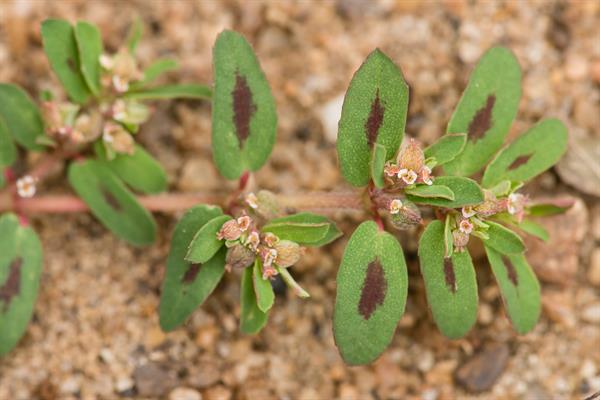 © Keith Bradley | Original Image ⭷
© Keith Bradley | Original Image ⭷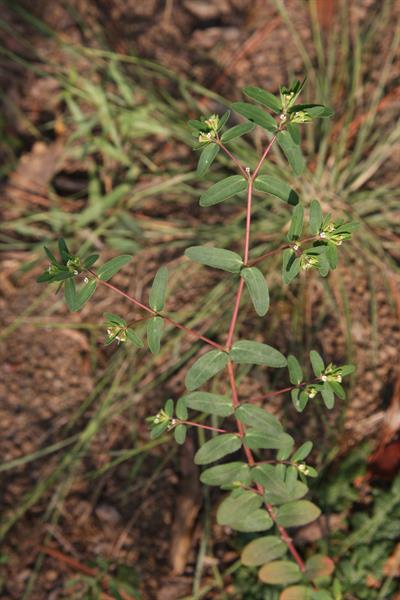 © Bruce A. Sorrie | Original Image ⭷
© Bruce A. Sorrie | Original Image ⭷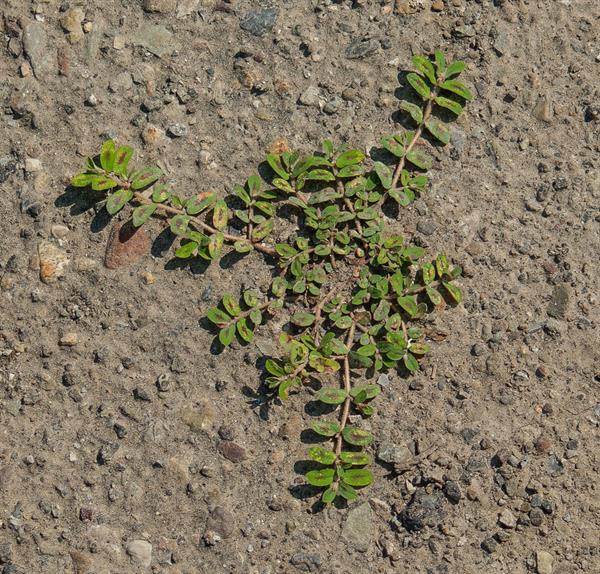 © Erik Danielson source | Original Image ⭷
© Erik Danielson source | Original Image ⭷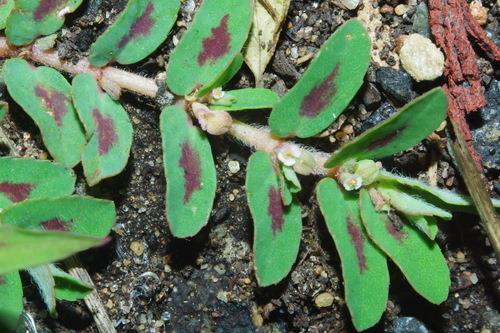 © Erik Danielson source | Original Image ⭷
© Erik Danielson source | Original Image ⭷ © Erik Danielson source | Original Image ⭷
© Erik Danielson source | Original Image ⭷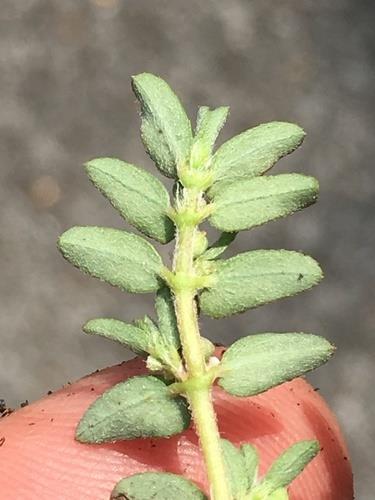 © Joey Shaw source | Original Image ⭷
© Joey Shaw source | Original Image ⭷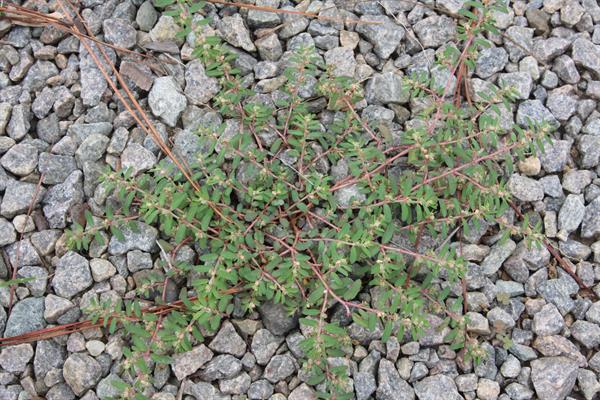 © Bruce A. Sorrie | Original Image ⭷
© Bruce A. Sorrie | Original Image ⭷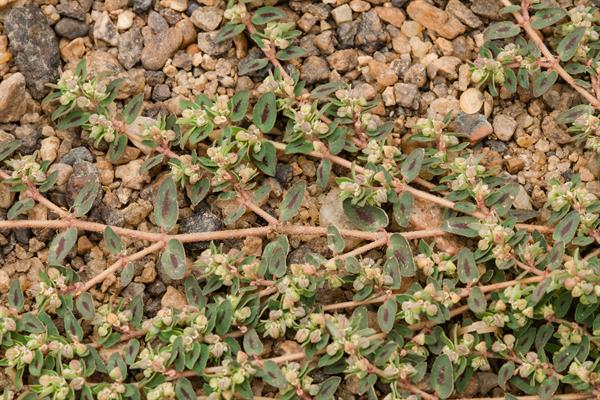 © Keith Bradley | Original Image ⭷
© Keith Bradley | Original Image ⭷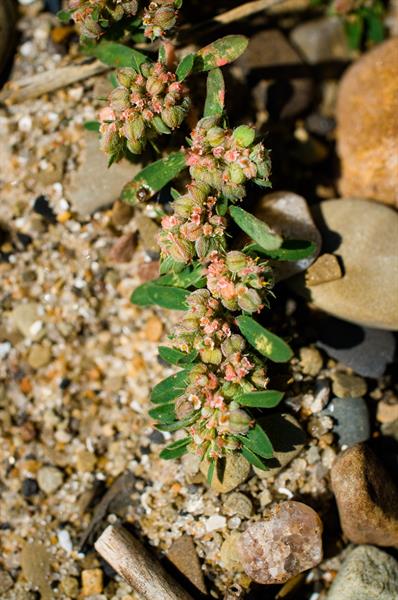 © Erik Danielson source | Original Image ⭷
© Erik Danielson source | Original Image ⭷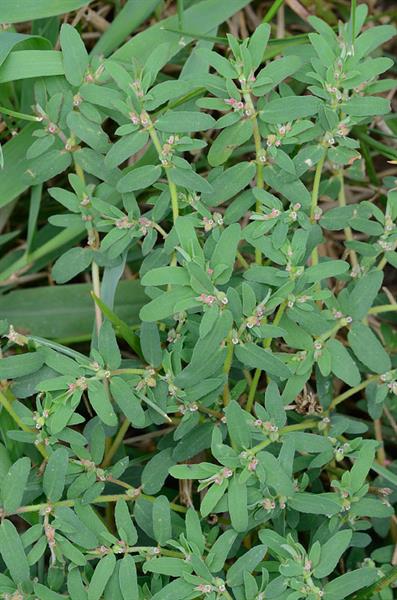 © Gary P. Fleming | Original Image ⭷
© Gary P. Fleming | Original Image ⭷Feedback
See something wrong or missing on about Euphorbia maculata? Let us know here: (Please include your name and email if at all complicated so we can clarify if needed.)
Cite as...